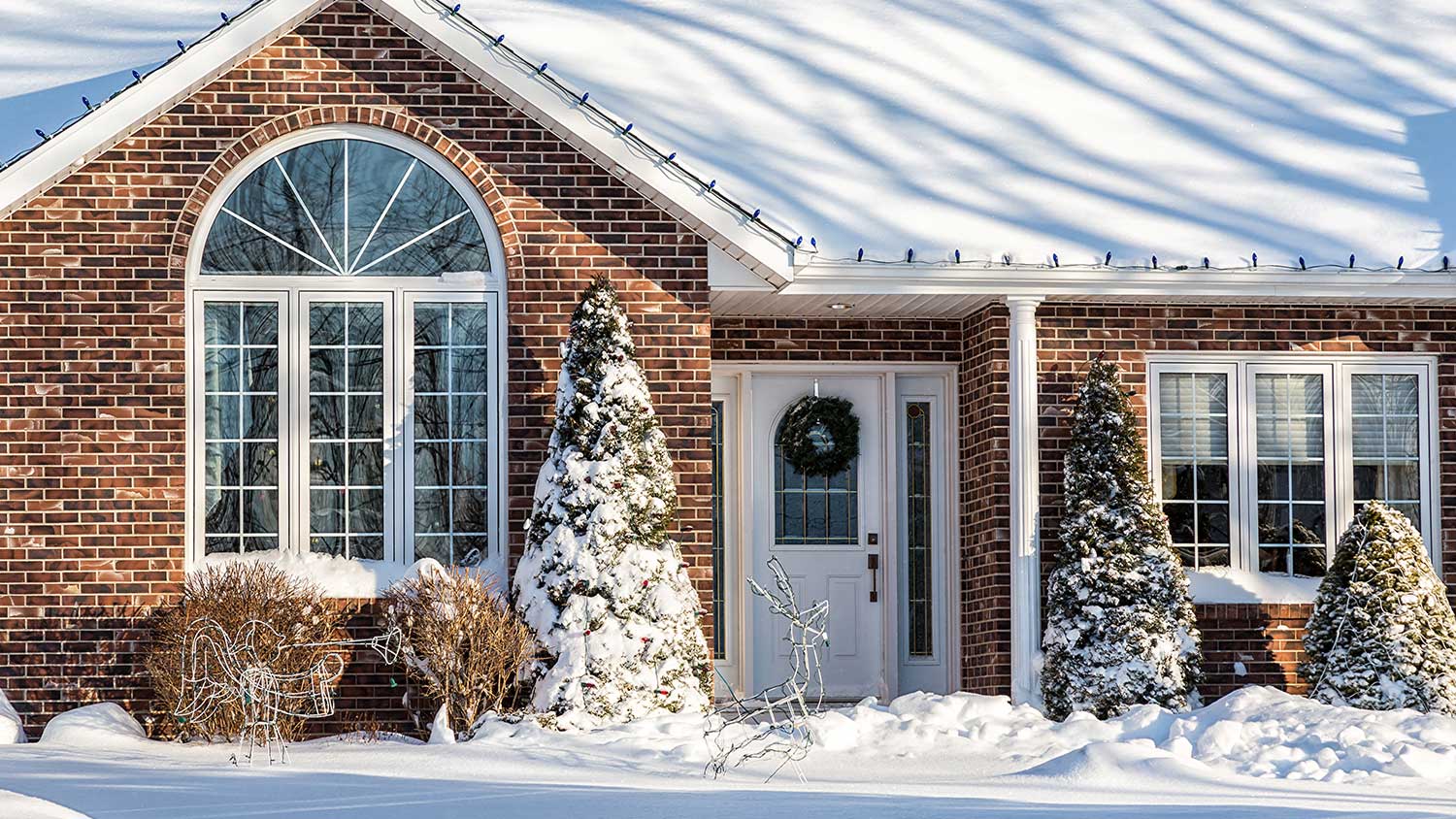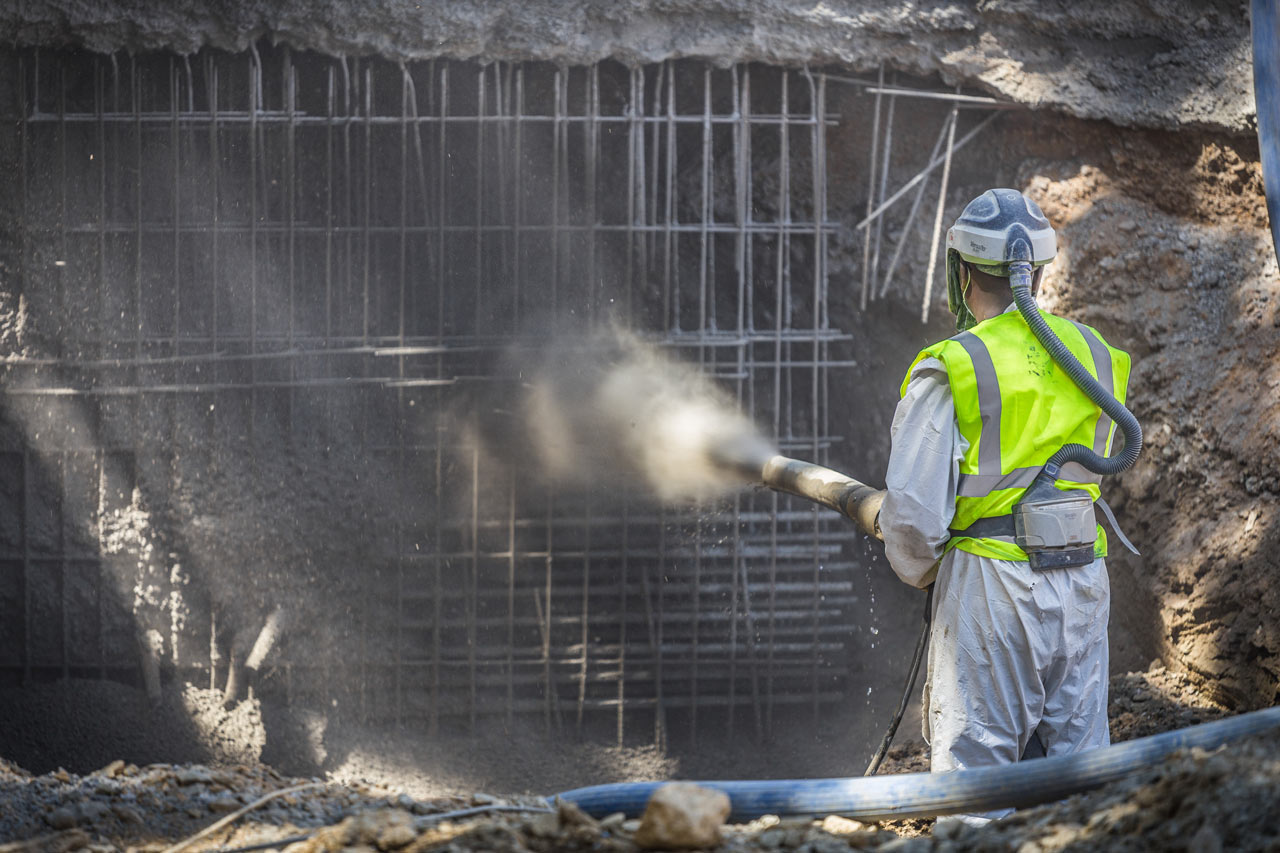
Hire a handyman for home weatherization and learn who to call, what pros do, and cost per hour so you can plan with confidence
Building a chicken coop costs an average of $650.


Most people spend $300 to $2,000 to add a chicken coop to the yard.
Chicken coop costs depend on size, design, materials, and features.
Different types of coops include A-frame, tractor, walk-in, and all-in-one, each with varying costs.
Maintenance costs average $60 per month.
Hire a professional builder to construct your chicken coop for a safe and durable structure.
This article was created using automation technology and thoroughly fact-checked and edited by HomeAdvisor Editor Ryan Noonan.
Thinking about fresh eggs and happy hens? Building a chicken coop runs about $650 on average, with most projects landing between $300 and $2,000. Your final price comes down to location, flock size, materials, and how often you want to tackle routine care. Set a clear budget up front and consider bringing in a pro so the finished coop is solid, safe, and built to last.
Beyond the basic style, factors like framing lumber, floor material, and add-ons—think nest boxes or an automatic egg catcher—push the budget higher or lower.
Materials drive both price and durability. Chickens peck at almost everything, so skip anything they could nibble apart—pressure-treated lumber, for instance, is fine for a roof they can’t reach but not for low walls or floors. Pick sturdier, bird-safe boards where beaks will land most often.
| Material | Cost Range | Average Cost |
|---|---|---|
| Softwood | $2–$3 per board foot | $2.50 per board foot |
| PVC | $5–$6 per linear foot | $5.50 per linear foot |
| Pressure-treated lumber | $7–$10 per board foot | $8.50 per board foot |
| Redwood | $10–$12 per board foot | $11 per board foot |
| Plywood | $10–$20 per sheet | $15 per sheet |
| Corrugated tin | $15–$20 per sheet | $17.50 per sheet |
| Plastic | $25–$30 per sheet | $27.50 per sheet |
| Mesh | $30–$40 per board roll | $35 per board roll |
A solid floor isn’t just for looks—it keeps predators and pests out, speeds up daily clean-up, adds a layer of insulation, and feels better on your flock’s feet.
| Floor Material | Cost Range | Average Cost |
|---|---|---|
| Vinyl | $2–$8 per sq. ft. | $5 per sq. ft. |
| Wooden board | $7–$9 per board foot | $8 per board foot |
| Rubberized roofing material | $7–$9 per sq. ft. | $8 per sq. ft. |
| Plywood | $10–$20 per sheet | $15 per sheet |
| Wire | $35–$45 per roll | $40 per roll |
| Rubber mats | $45–$80 per sheet | $62.50 per sheet |
| Concrete | $75–$125 per cubic yard | $100 per cubic yard |
Plan on roughly $60 a month for upkeep—feed, fresh bedding, and basic health supplies. A bigger flock naturally bumps that figure, so factor in a little wiggle room if you plan to expand. If you hire a local handyperson for chicken coop maintenance, expect to pay around $60 per hour. Common issues are predators causing damage as they attempt to bite through the mesh or burrow up through the floor, hens pecking through the floor, wear and tear on the exterior, or toxic paint.
You'll also need to clean the coop regularly and treat for lice, mites, and other parasites. Treating to prevent parasites is as easy as adding diatomaceous earth to your chicken's dust bath every month and sprinkling DE inside the coop. Food-grade DE costs less than $20 for a 1-gallon bucket.
Most backyard coops fall between $300 and $2,000. Size matters, but the style you choose—A-frame, tractor, walk-in, or an all-in-one setup—plays a big role too.
| Type | Cost Range | Average Cost |
|---|---|---|
| A-frame | $200–$300 | $250 |
| Tractor | $300–$500 | $400 |
| Walk-in | $300–$1,000 | $650 |
| All-in-one | $1,000–$3,000 | $2,000 |
A-frame coops average about $250 (between $200 and $300) and suit up to four medium hens or six bantams. The simple, triangle design offers a nest box and tight quarters, so plan to let your birds roam a fenced yard by day and lock them in at dusk.
Mobile chicken tractors run about $400 ($300 to $500). The wheeled frame lets you roll one or two birds—or a free-range flock overnight—to fresh grass, boosting soil aeration and pest controlas you go.
Walk-in coops average $650 ($300 to $1,000) and are roughly shed-sized—roomy enough for 16 bantams, 12 standard hens, or eight jumbo layers. The extra headroom simplifies cleaning, egg collection, and daily chicken chores.
All-in-one setups cost about $2,000 (anywhere from $1,000 to $4,000+) and pair a roomy walk-in coop with an attached run. If the run feels cramped, either downsize the flock or let the birds patrol the yard for part of the day.
Small DIY kits go together quickly and keep costs low, but a carpenter-built coop typically lasts longer. Softwood kits need more resealing and upkeep, so weigh short-term savings against long-term durability.
Depending on how big and elaborate of an enclosure you want, you’ll pay anywhere from $100 to $2,000 to build a chicken coop yourself. That lower range assumes you’re building a small coop, and you already own the tools. On the higher end of the price range, you’d be paying for a larger coop with more premium materials and special features.
If you purchase a chicken coop kit, you can hire a handyperson. Handy people charge $50 to $150 per hour and can likely put together a moderately-sized coop in a few hours.
For a custom build, you should hire a local carpenter. A carpenter costs up to $100 per hour, but they will likely charge by the project. A local carpenter may take half a day to build a modest coop suitable for six small chickens. For something more substantial, such as an all-in-one walk-in coop suitable for a flock of 24 or more hens, the project could take up to five days, with labor costs up to $1,000.
Whether you're planning a small coop or a more elaborate setup, hiring a local carpenter or handyperson near you is a smart move. They can provide a price estimate and help you understand the scope of your project, ensuring your coop is safe and durable.
Bringing in a local carpenter or handyperson is the surest way to end up with a square, predator-proof coop that lasts for years.
No place is more important than your home, which is why HomeAdvisor connects homeowners with local pros to transform their houses into homes they love. To help homeowners prepare for their next project, HomeAdvisor provides readers with accurate cost data and follows strict editorial guidelines. After a project is complete, we survey real customers about the costs to develop the pricing data you see, so you can make the best decisions for you and your home. We pair this data with research from reputable sources, including the U.S. Bureau of Labor Statistics, academic journals, market studies, and interviews with industry experts—all to ensure our prices reflect real-world projects.
From average costs to expert advice, get all the answers you need to get your job done.

Hire a handyman for home weatherization and learn who to call, what pros do, and cost per hour so you can plan with confidence

Shotcrete cost depends on size, design, and location. Discover factors that drive price and learn how to budget for your next concrete spray project.